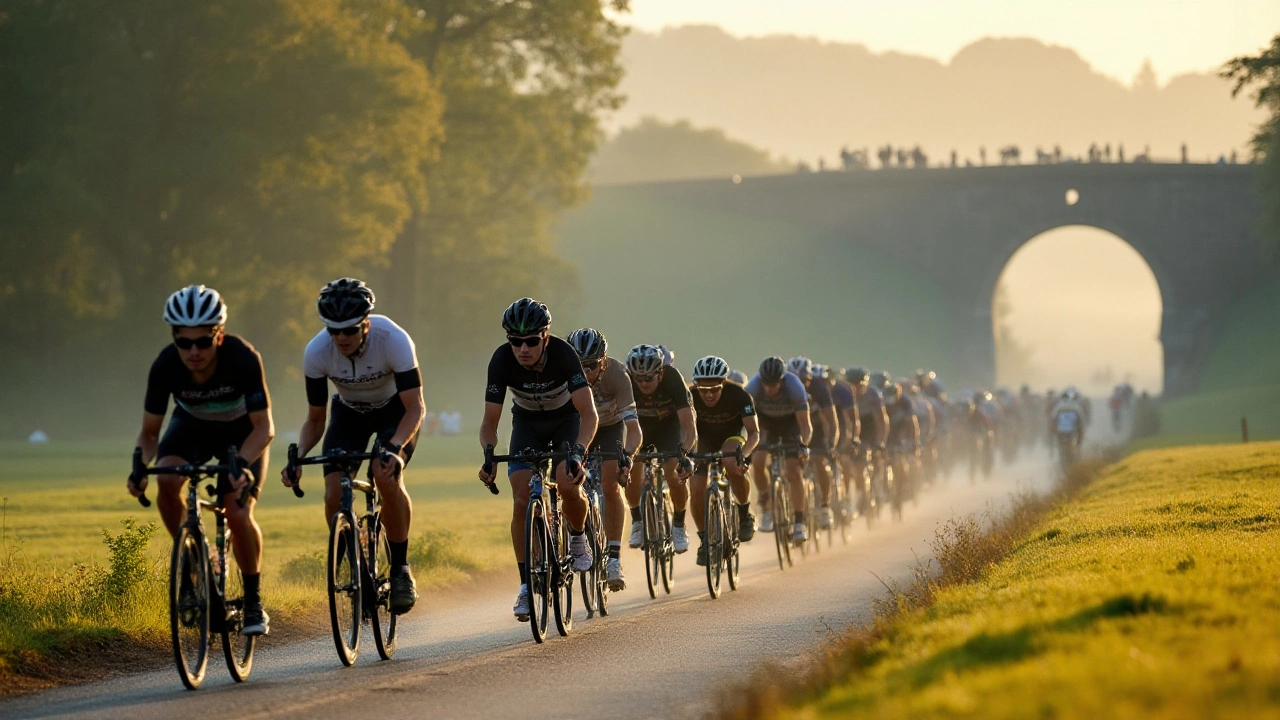
Bike Guides, Routes & Tips for Every Rider
Whether you’re a commuter, a weekend explorer, or a hardcore cyclist, the right information can turn a good ride into a great one. This page pulls together the best articles on bike routes, gear choices, and simple maintenance hacks so you can hit the road or trail with confidence.
Top Cycling Routes to Try
Finding a route that matches your skill level and scenery cravings is easier than you think. For beginners, flat city loops with dedicated bike lanes let you focus on cadence and safety. If you want a bit of challenge, look for rolling countryside paths that weave through villages and fields – they give a gentle climb without overwhelming you.
Experienced riders often chase the big‑picture adventures. Think coastal highways with ocean views, mountain passes that test your leg strength, and forest trails that demand quick handling. The "Best Cycling Routes" article in our collection lists specific rides on every continent, complete with distance, elevation gain, and suggested rest stops.
Don’t forget to pack a quick‑check kit before heading out: a spare tube, mini pump, and a multi‑tool can save a whole day of frustration. And always glance at the weather forecast – a sudden downpour can turn a scenic ride into a slip‑n‑slide.
Essential Bike Maintenance & Gear Tips
Keeping your bike in top shape protects your investment and reduces the risk of accidents. The most common issue is a loose chain. A quick 30‑second press on the chain tensioner will tell you if it’s sagging; if it is, tighten the rear wheel axle or adjust the derailleur according to the manual.
Brake performance is another safety cornerstone. Check that the brake pads sit evenly on the rim and replace them once they wear down to the indicator line. For disc brakes, make sure the rotor is clean – a thin layer of rubbing alcohol does the trick.
When it comes to gear, choose a bike that fits your body geometry. Stand over the frame; you should have at least an inch of clearance. Saddle height is key: sit on the bike with the crank at the lowest point and make sure your knee is slightly bent when the foot is on the pedal.
Helmet safety shouldn’t be an afterthought. Look for a certified helmet that feels snug but not tight, and replace it after any hard impact. A pair of padded gloves can also improve grip and reduce hand fatigue on longer rides.
Finally, stay hydrated and fuel your body. A water bottle mounted on the frame makes sipping easy, and a handful of energy gels or a banana can keep your muscles firing during those longer climbs.
Use the links below to dive deeper into each topic. From route maps to step‑by‑step maintenance tutorials, we’ve gathered everything you need to ride smarter, safer, and with more fun.
